Geonet HDPE Performance Soars with High‑Performance Geonets in 2025 Industry Push
New geonet HDPE tech boosts drainage and durability in roads, landfills, and coastal systems—reshaping geosynthetics in 2025.
Tel: +86-411-39569550 | E-mail: info@geofantex.com/geofantex@gmail.com
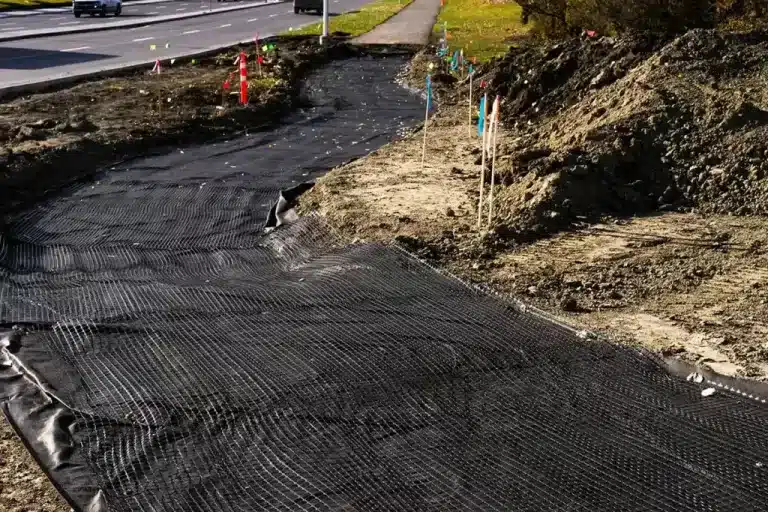
New geonet HDPE tech boosts drainage and durability in roads, landfills, and coastal systems—reshaping geosynthetics in 2025.
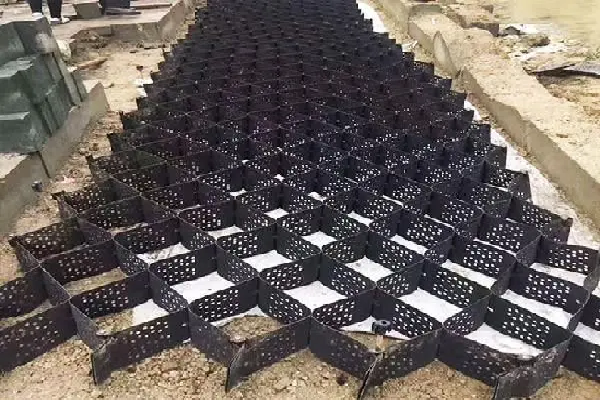
Geosell enhances soil stability, drainage, and erosion control using geosynthetics in civil and environmental engineering.
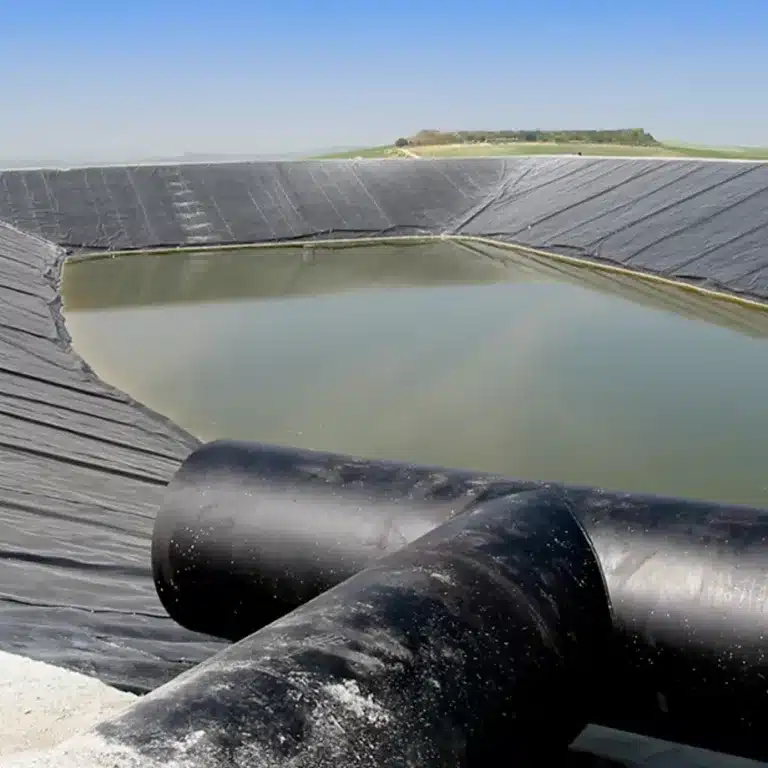
Explore how top geomembrane suppliers like Geofantex support global projects with high-quality liners and geosynthetic solutions.

Explore what a geomembran is, its uses in geosynthetics, and key 2024 industry data for landfill, mining, and water containment projects.
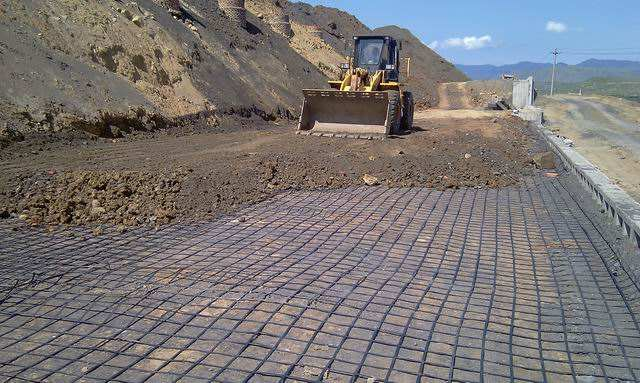
Explore how geogrid fabric enhances roads, slopes, and landfills through real-world geosynthetics case studies.
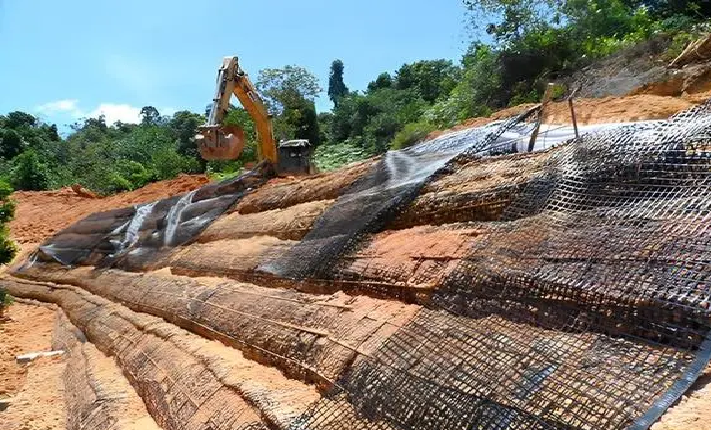
The geogrid retaining wall provides effective soil stabilization and slope reinforcement. Real case studies highlight its success.

Explore recent innovations in geo synthetics that support sustainable, high-performance solutions for modern infrastructure projects.
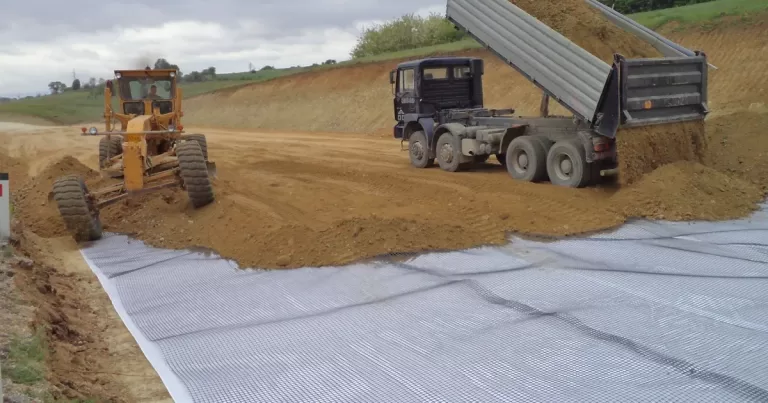
Explore recent innovations in geo synthetics that support sustainable, high-performance solutions for modern infrastructure projects.
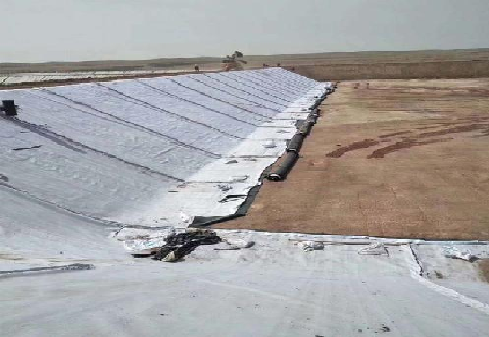
Discover how geotextile fabric helps with soil stabilization, erosion control, and sustainable construction in 4 simple Q&A points.
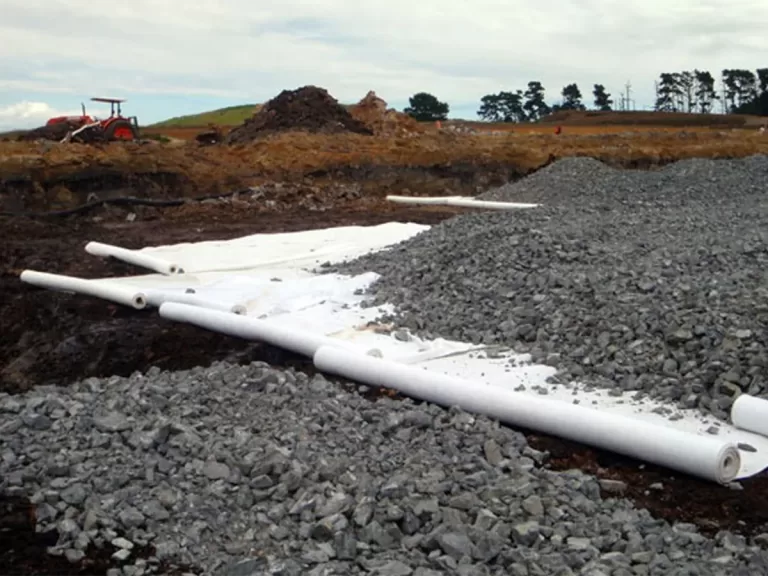
Discover how geotextile fabric helps with soil stabilization, erosion control, and sustainable construction in 4 simple Q&A points.
End of content
End of content
WhatsApp us